Stratolaunch recently conducted the first powered flight of its Talon-A, or TA-1, hypersonic vehicle. The wedge-shaped unmanned aircraft was launched from the company’s enormous Roc mothership, the largest plane ever flown, on March 9 off of California’s central coast.
According to Stratolaunch, ”the primary objectives for the first powered flight included accomplishing safe air-launch release of the TA-1 vehicle, engine ignition, acceleration, sustained climb in altitude, and a controlled water landing.” The March 9th flight follows the successful completion of two captive-carry flight tests with TA-1, which took place in December 2023 and February 2024. Stratolaunch is now focusing on hypersonic development support, as opposed to its original focus on space launch, since the death of its founder Paul Allen in 2018.
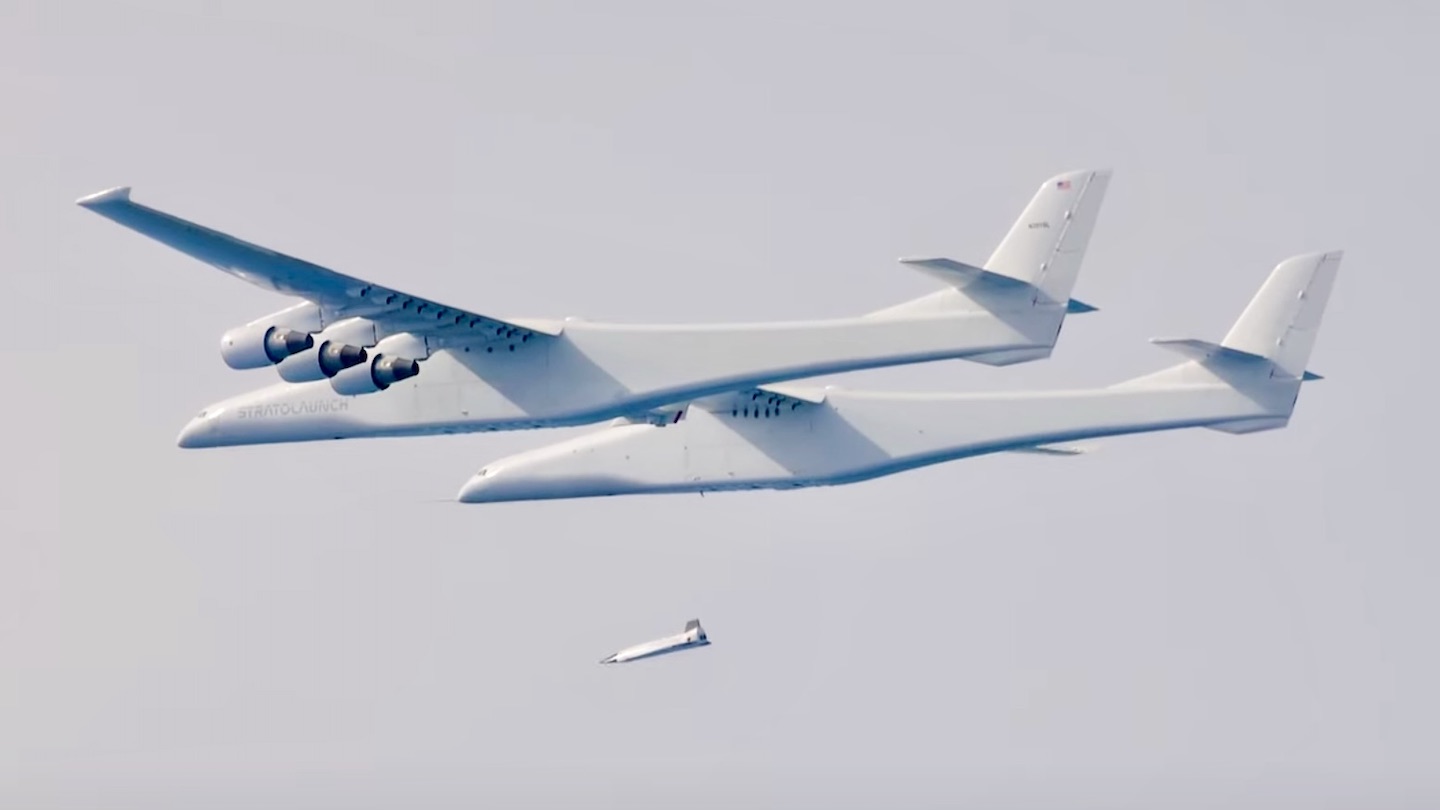
As we’ve noted previously, TA-1 is an uncrewed vehicle with modular payload spaces to support high-speed flight test activities. While hypersonic speed is usually defined as anything above Mach 5, the Talon-A is expected to be able to reach speeds of at least Mach 6. In order to reach hypersonic speeds, TA-1’s propulsion system is made up of a liquid-propellant rocket engine that powers the aircraft to its intended speed.
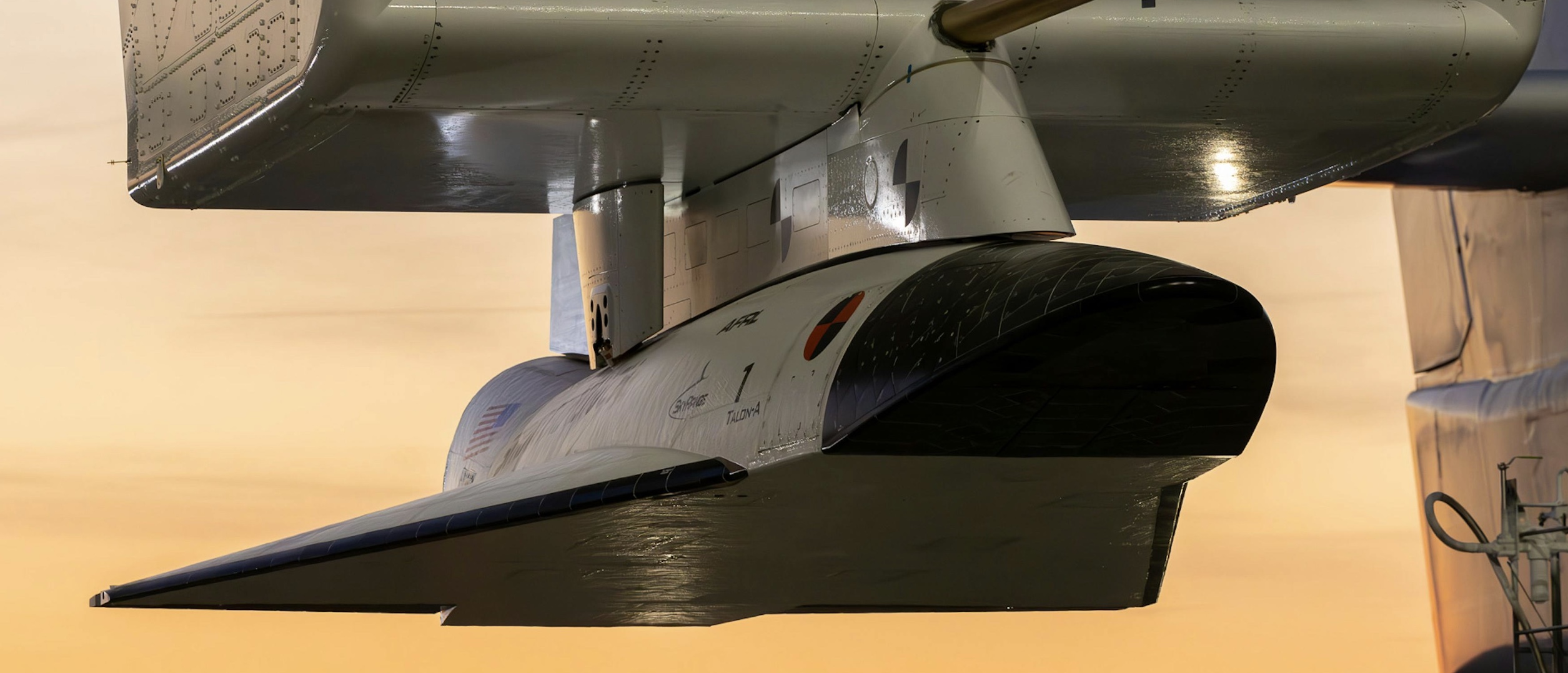
At around 7:17 A.M. Pacific time on March 9, Roc took off from the Mojave Air and Space Port. It ”flew for a couple of hundred miles [in total], and part of the trajectory required some maneuvering,” Aaron Cassebeer, Stratolaunch senior vice president of engineering, told reporters at a post-flight press conference, Aviation Week reports.
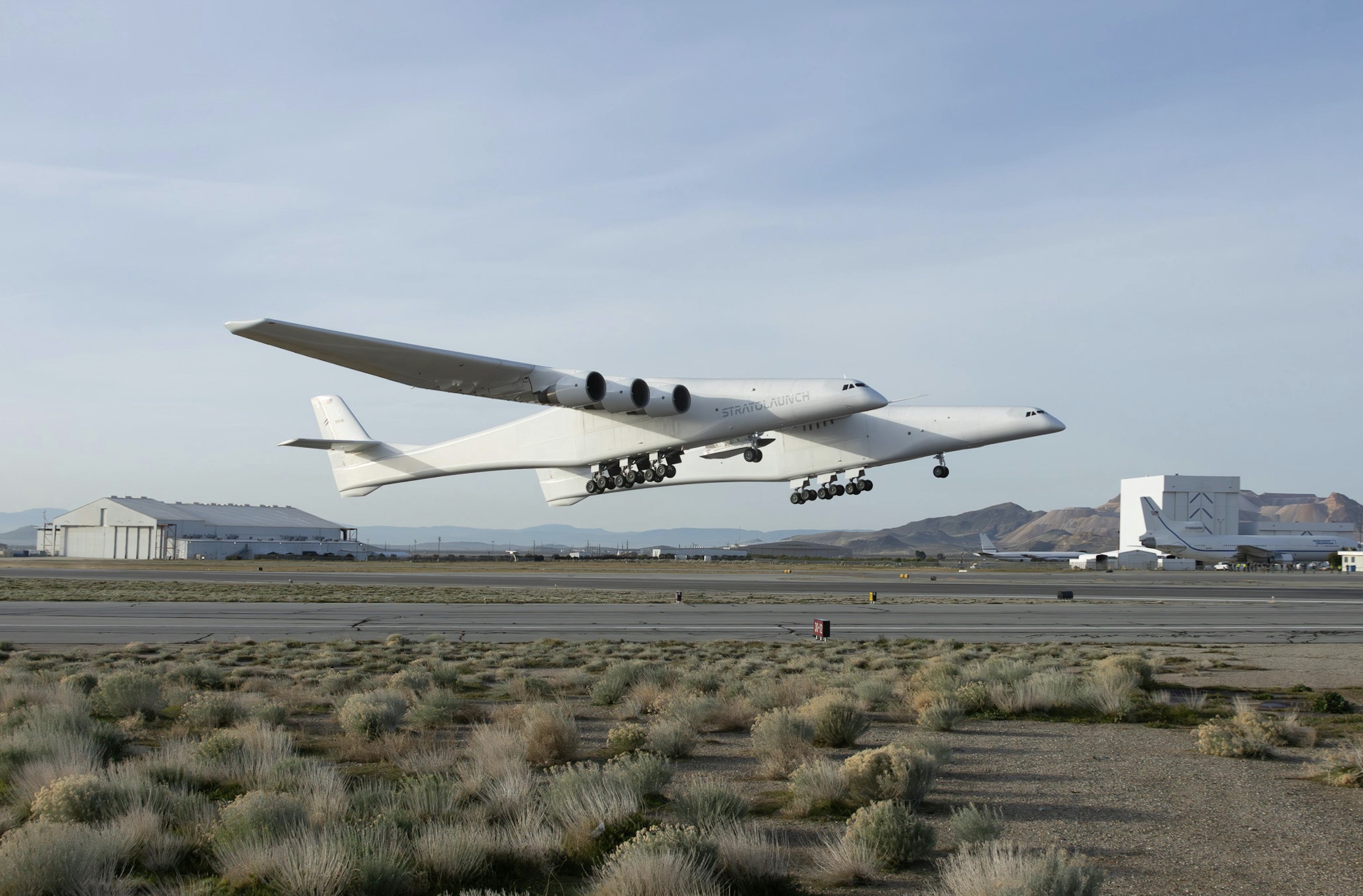
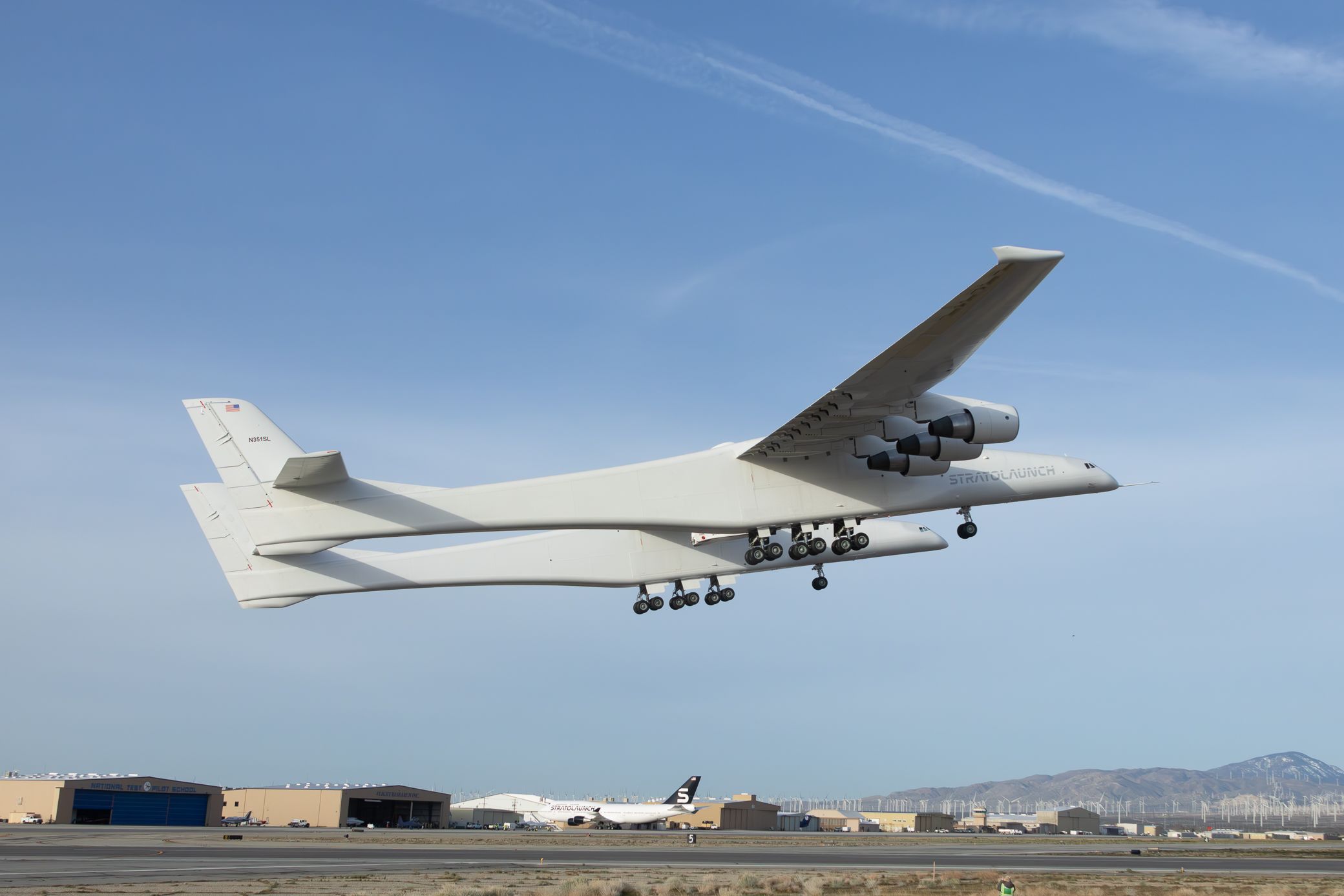
TA-1 was dropped at around 9:40 A.M. at an undisclosed location inside Vandenberg Space Force Base’s Western Range, at which time Roc was reportedly flying close to 22,400 feet at a speed of 167 knots.

Although specific flight data has yet to be fully analyzed by Stratolaunch, the company has stated that TA-1 achieved around 200 seconds, or just under three and a half minutes, of powered flight. The vehicle “reached high supersonic speeds approaching Mach 5,” Dr. Zachary Krevor, president and CEO of Stratolaunch, said. Moreover, immediate post-flight data indicates that it coasted for up to five minutes post-burnout before diving into the waters off the central Californian coast.
This high-stakes test flight of TA-1 was shadowed by an Aero L-39 Albatross and Citation II, which provided chase support.
Moreover, according to Aviation Week, TA-1 was carrying multiple test payloads during its first powered flight, the exact nature of which remains unclear. We have reached out to Stratolaunch for more information.
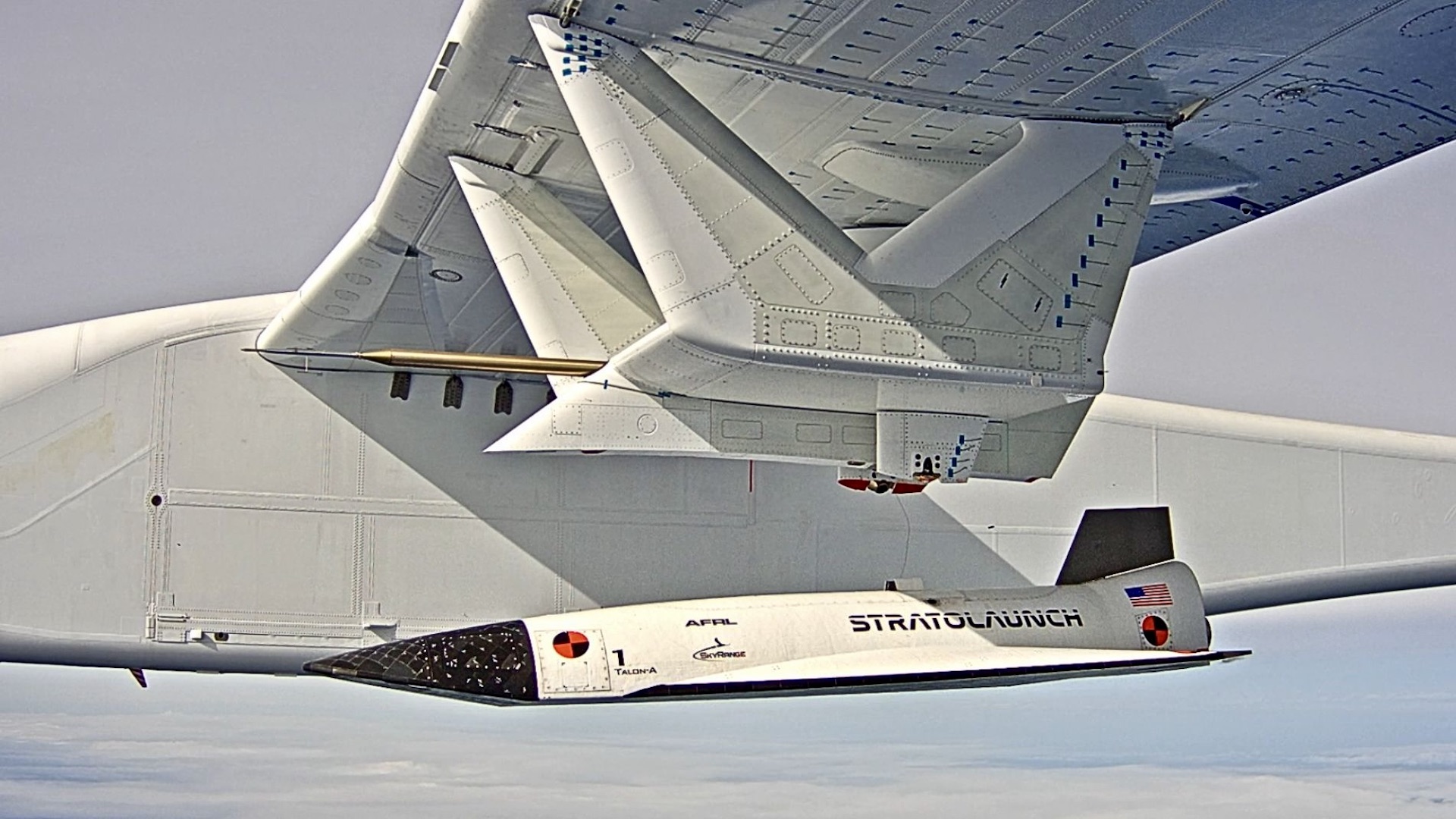
Roc returned to Mojave more than four hours after takeoff.
According to Stratolaunch, the test over the weekend represents ”a major milestone in the development of the country’s first privately funded, reusable hypersonic test capability.”
“The vehicle achieved everything we planned and more,” Cassebeer stated. Krevor was equally as exuberant about the results: “We got the right energy conditions and were able to execute secondary and tertiary test targets. We are really pleased with the ignition of the Ursa Major rocket engine, the climb to altitude we planned and the conditions which we gave to our customers.” The Ursa Major-built Hadley rocket engine used liquid oxygen and kerosine to achieve 5,000 pounds of thrust — its pairing with TA-1 on March 9 also constituted the engine’s first flight, too.
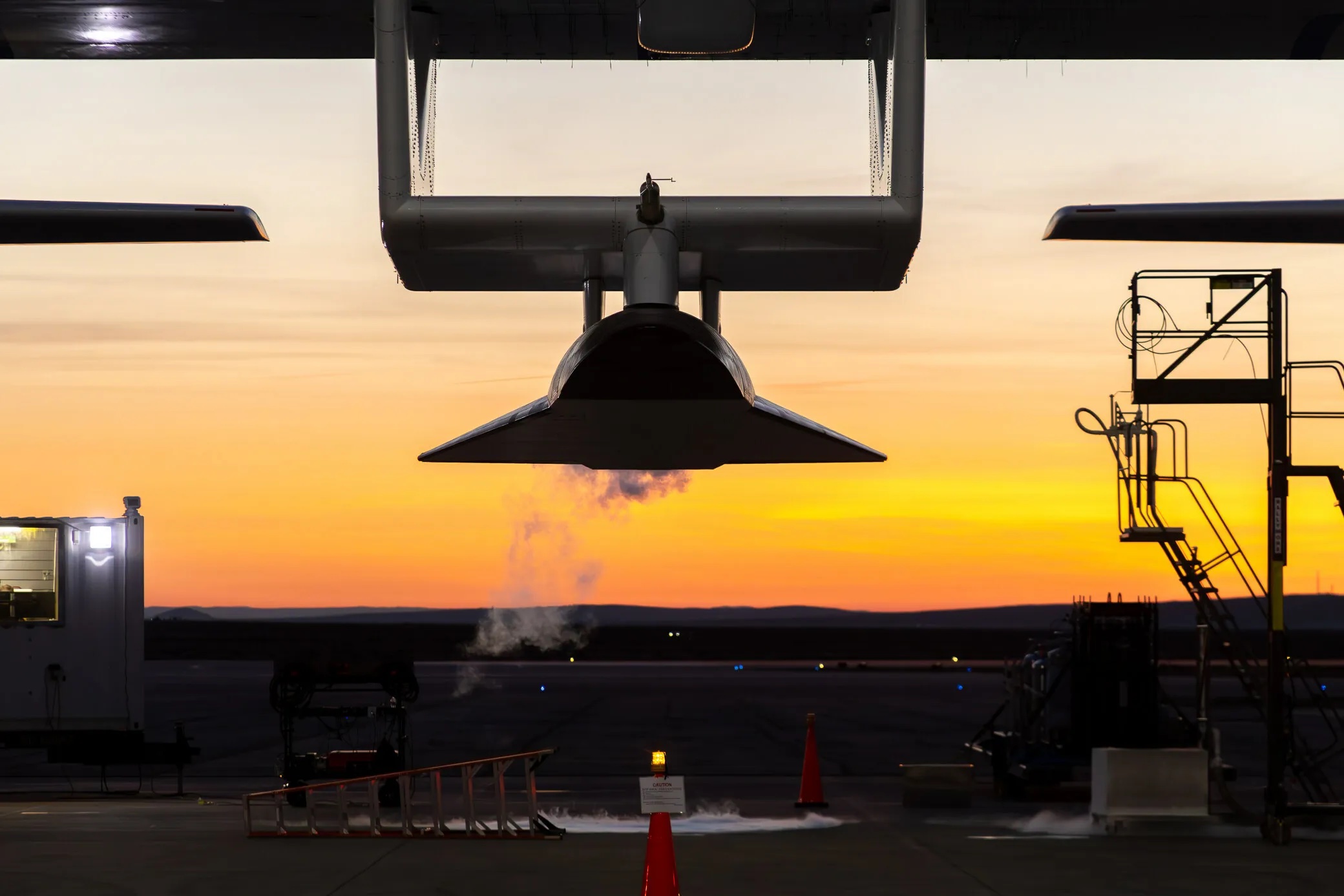
Following this successful test, Krevor has stated that Roc will undertake a variety of additional flight tests to push its performance. The company is also considering introducing a fueling top-off capability to Roc in order to enhance TA-1’s performance. It isn’t clear exactly what this would entail. We have reached out to Stratolaunch for more details.
For Stratolaunch, the flight has significance for other hypersonic vehicles it has under construction. “Our goal with this flight was to continue our risk reduction approach for TA-2’s first reusable flight… We are excited to review the data from today’s test and use it as we plan our next steps toward TA-2’s first flight later this year,” Krevor said.
While TA-1 is still considered to be expendable, the aforementioned TA-2, and TA-3, vehicles will be fully reusable. TA-2 and TA-3 will also feature tricycle landing gear; allowing them to recover on Vandenberg’s runways after hypersonic flights.
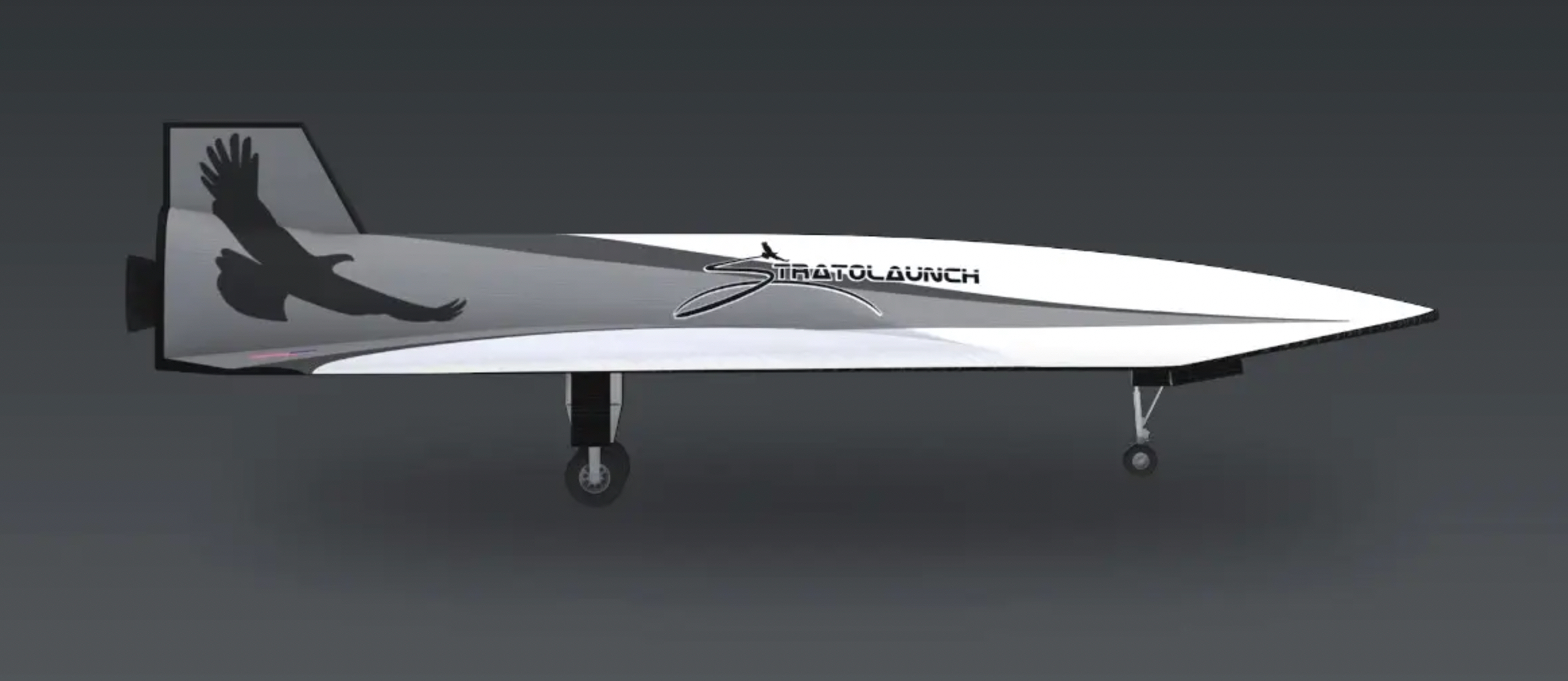
As Talon-A is very much a testbed, it remains to be seen whether Stratolaunch will supply it, or some variant or derivative thereof, to the Missile Defense Agency (MDA) in fulfillment of a 2021 contract “to provide a threat-representative and threat-replicating target that allows them to understand how to engage and intercept hypersonic threats.” It is also possible that an entirely new target vehicle could be provided to the MDA by Stratolaunch.
With that said, Talon-A certainly presents attractive qualities; considering that it has the potential to be used for aerodynamic tests and material sciences, alongside the development of integrated sensors and other payloads onto future hypersonic vehicles.
These advantages have led other U.S. military departments to show interest in Talon-A in light of the proliferation of hypersonic weapons; which present particular challenges for defenders in terms of detecting and tracking them, as well as intercepting them.
In November last year, Stratolaunch received a flight test contract award from Leidos, the prime contractor for the U.S. Navy’s Multiservice Advanced Capability Test Bed (MACH-TB) program. A total of five Talon-A hypersonic flights with optional payloads are to be conducted.

MACH-TB focuses on “hypersonic flight testing using robust, agile, and modular approaches,” Stratolaunch noted in connection to said contract. “The Leidos-led team intends to deliver an affordable solution, leveraging commercial launch vehicles, including Stratolaunch’s Talon-A hypersonic vehicle, for flight testing hypersonic payloads. The data collected is designed to provide insight to the DoD on technology improvement and capability validation. Early, affordable, and regular hypersonic flight testing is key to robust and successful developments of hypersonic capabilities.”
The U.S. Air Force Research Laboratory (AFRL) has also continued its interest and support in Talon-A as of late, with the award of a contract in October 2023 to support the first flight test of TA-3. Stratolaunch announced its first contract with AFRL in late 2022 in support of TA-1’s first flight.
At least some of the MACH-TB Talon-A test flights, slated to take place this year, will see the vehicles launched from the former Virgin Orbit Boeing 747-400, which Stratolaunch acquired last year, instead of Roc.
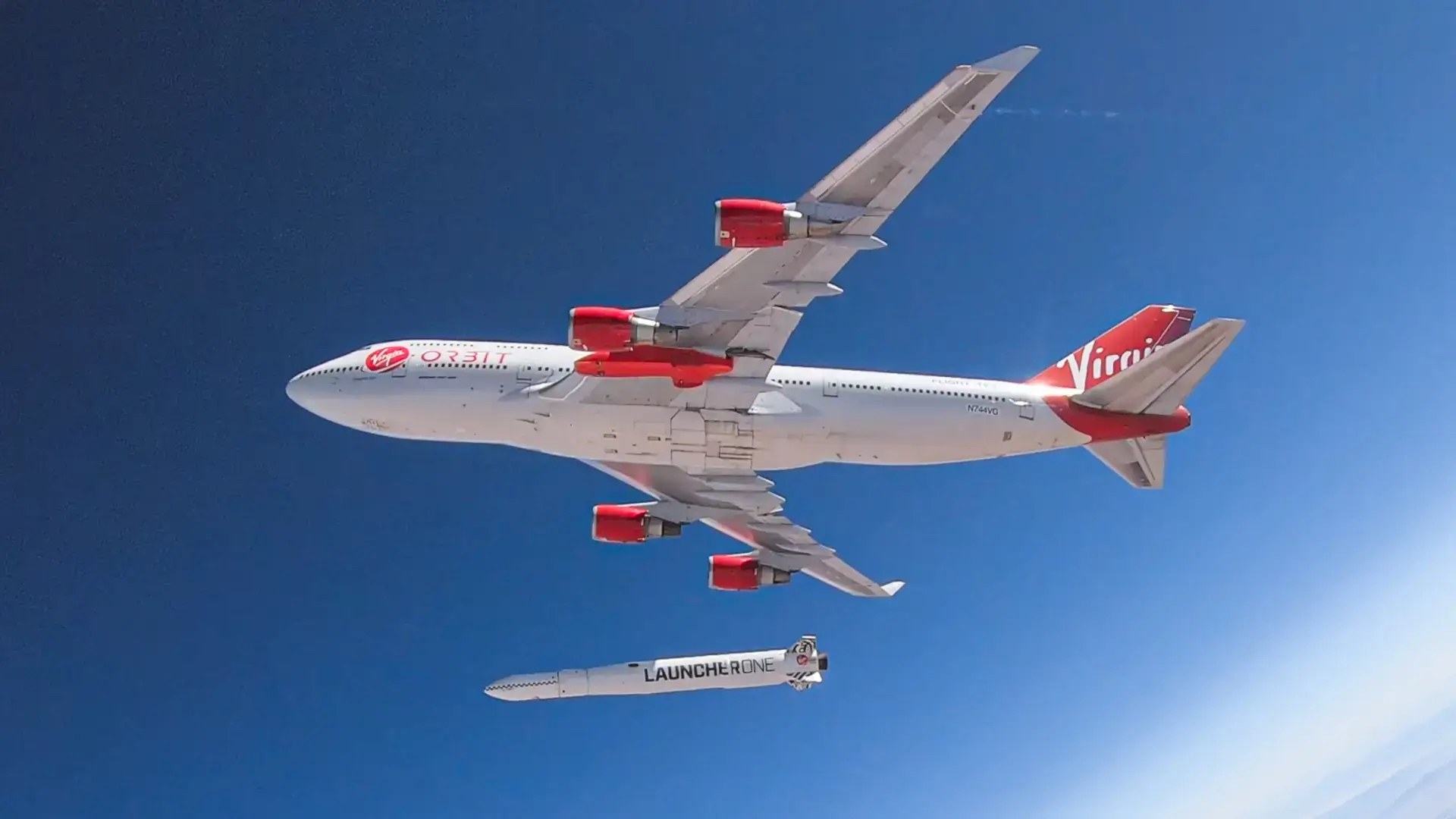
Of course, it should be noted that Stratolaunch is also continuing to work on a variety of rather more ambitious vehicles aside from Talon-A, which aligns with the company’s aforementioned original emphasis on space-launch platforms. “Proposed vehicles include the Talon+, which follows a similar design to the Talon-A, but which is larger, with upturned wingtips,” as The War Zone has highlighted. “There’s also an even bigger and more spaceplane-like design, previously known as Black Ice, which could be configured to carry cargo, and possibly even passengers.”
With the first powered flight of Talon-A under its belt, the interest in Stratolaunch’s flexible hypersonic testing capabilities will certainly increase. Considering how rapidly things are developing in the hypersonic space, both in terms of offensive and defense, there’s a decent chance Stratolaunch’s big bet on hypersonics will pay off.
Contact the author: oliver@thewarzone.com
